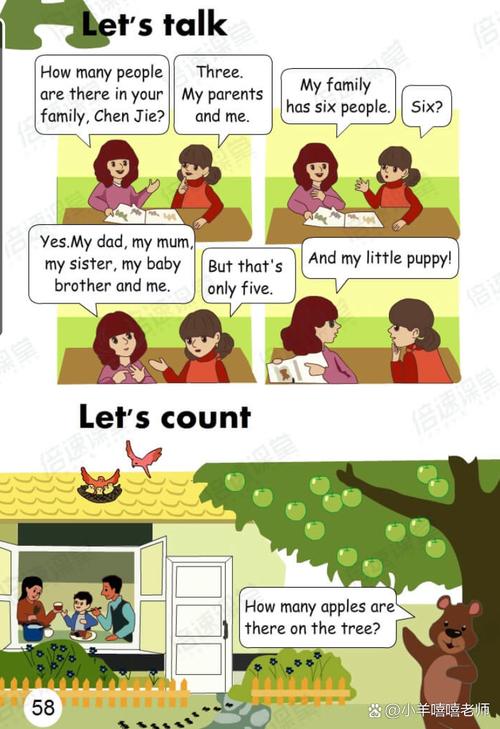
How Many Bits Are in a Byte?
Understanding the relationship between bits and bytes is fundamental in the realm of digital computing. Have you ever wondered how many bits are crammed into a single byte? Let’s delve into this question and explore the intricacies of this fundamental unit of digital information.
What is a Bit?
A bit, short for binary digit, is the most basic unit of information in computing. It can represent two states: 0 or 1. These two states are the foundation of binary code, which is used to encode and transmit data in digital systems.
What is a Byte?
A byte is a grouping of eight bits. It is the smallest addressable unit of memory in many computer architectures. Bytes are used to store and represent data, such as characters, numbers, and instructions.
How Many Bits Are in a Byte?
As mentioned earlier, a byte consists of eight bits. This relationship is a fundamental aspect of binary arithmetic and digital computing. Here’s a simple table to illustrate this:
| Bit | Value |
|---|---|
| 1 | 0 |
| 2 | 1 |
| 3 | 0 |
| 4 | 1 |
| 5 | 0 |
| 6 | 1 |
| 7 | 0 |
| 8 | 1 |
When you combine these eight bits, you get a byte with a value of 11111111 in binary, which is equal to 255 in decimal. This byte can represent a wide range of values, depending on the context and the encoding scheme used.
Why Eight Bits?
The choice of eight bits for a byte was made historically. In the early days of computing, memory was expensive and limited. By using a byte as the smallest addressable unit, computer designers could optimize memory usage and reduce costs. Additionally, eight bits were sufficient to represent a wide range of characters and symbols used in early computer systems.

Bytes in Different Systems
While the byte is the standard unit of information in most modern computer systems, there are some exceptions. For example, in some older systems, a byte was defined as six bits, and in others, it was defined as nine bits. However, the eight-bit byte has become the de facto standard in most computing environments.
Bytes and Memory
Bytes are crucial in memory management. Computer memory is divided into individual bytes, and each byte can be addressed and accessed independently. This allows for efficient storage and retrieval of data. The size of a computer’s memory is often measured in bytes, with larger memory sizes providing more storage capacity and faster data access.
Bytes and Data Transmission
Bytes are also essential in data transmission. When data is sent over a network or stored on a storage device, it is typically divided into bytes. This allows for efficient and reliable data transfer, as bytes can be easily encoded and decoded.
Bytes and Encoding
Bytes are used in various encoding schemes to represent characters, symbols, and other data. For example, the ASCII encoding scheme uses a byte to represent each character, while the Unicode encoding scheme uses multiple bytes to represent a wider range of characters and symbols.
Conclusion
In conclusion, a byte consists of eight bits, making it the fundamental unit of information in digital computing. Understanding the relationship between bits and bytes is crucial for anyone interested in the world of digital technology. Whether you’re a programmer, a system administrator, or just someone curious about how computers work, knowing how many bits are in a byte is a valuable piece of knowledge.




